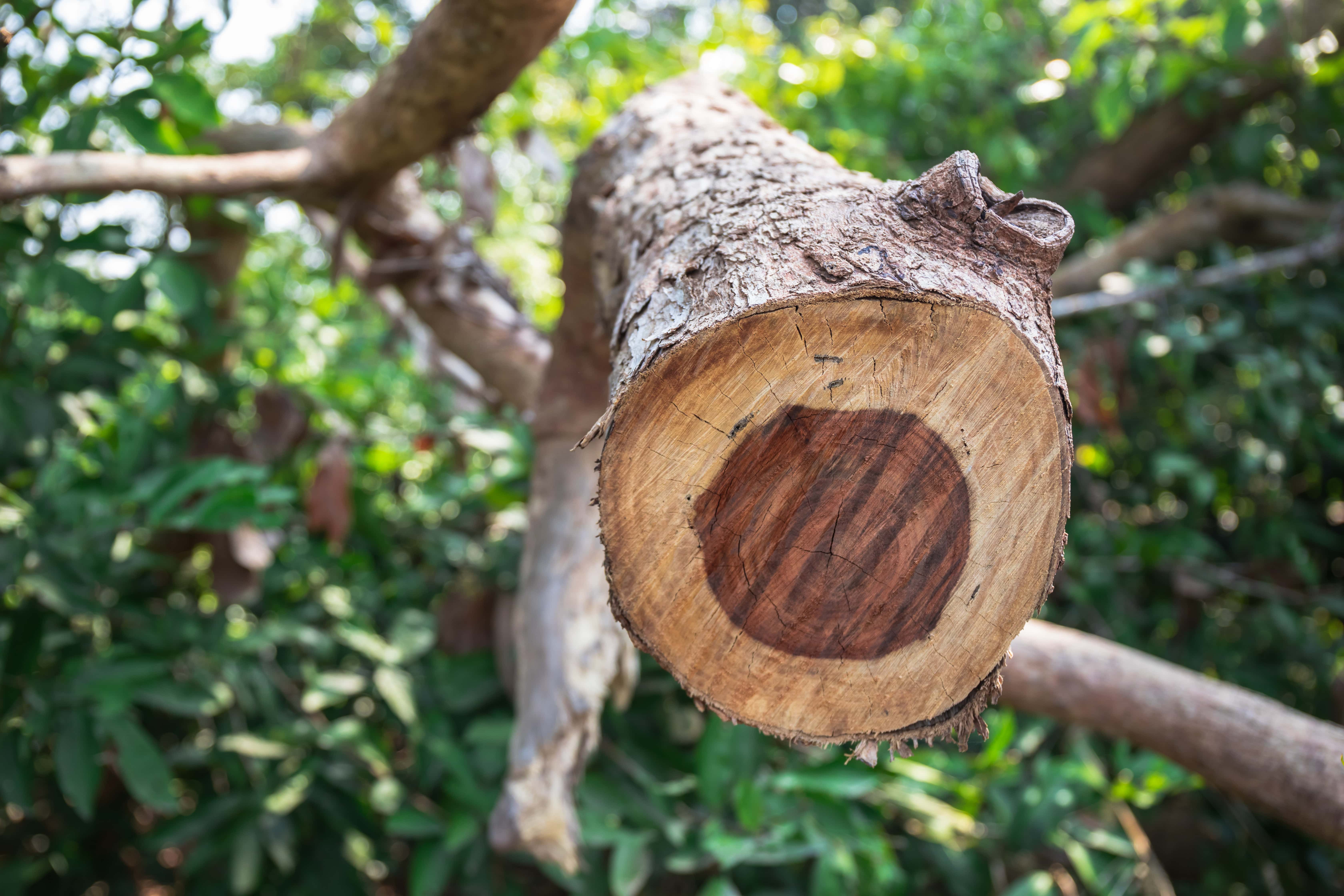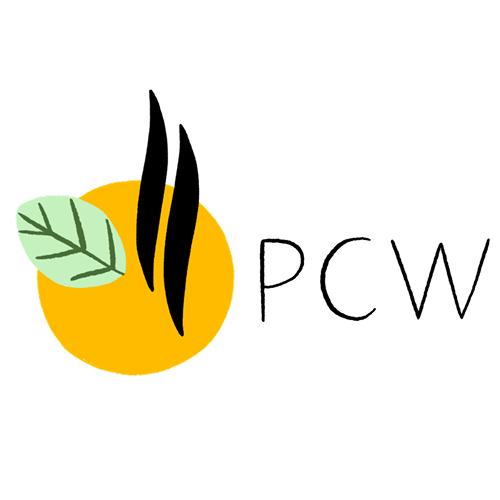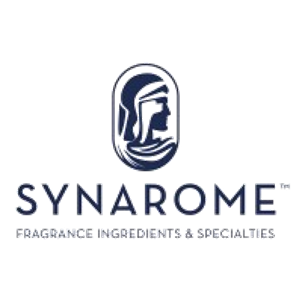
| Company | Ingredient Name | ID | Comments | Naturality | Certifications | MOQ | Latin name | Treated part | Geographical origin |
|---|---|---|---|---|---|---|---|---|---|
|
|
Huile essentielle de Bois de Rose - 30 gr | - |
Visit website
|
- | - | - | - | - | |
|
|
ROSEWOOD OIL | - |
Visit website
|
- | 10 grs | - | - | - |
General Presentation
-
CAS N° :
8015-77-8 -
EINECS number :
83863-32-5 -
FEMA number :
2156
-
Volatility :
Heart -
Price Range :
€€€
Physico-chemical properties
-
Appearance :
Colorless liquid -
Density :
0,870 - 0,887 @20°C -
Refractive Index @20°C :
1.462 - 1.469 @20°C -
Optical rotation :
-2,5° // +4° -
Vapor pressure :
Data not available. -
Flash Point :
Data not available. -
Acid Value :
£ 1
Botanical informations
Botanical name :
Aniba rosaeodora Ducke
Synonyms : Aniba duckei Kosterm. // Aniba rosaeodora var. amazonica Ducke
Botanical profile :
Rosewood tree belongs to the Lauraceae family and the genus Aniba Aubl.
Chemotypes :
Several species of different genus are called ''Rosewood '':
- Female rosewoods: Aniba terminalis Ducke, Aniba rosaeodora Ducke, Ocotea parviflora (Ducke) Kosterm..
- Cabinetmaking rosewood: Dalbergia louvelii R.Vig. or Pterocarpus indicus Willd.
- Rosewood from Cayenne: Ocotea caudata (Nees) Mez.
Extractions & Uses
Extraction process :
The rosewood is a tree of Amazonia and Guyana that can reach several tens of meters high. It is grown for its high Linalool content. It is one of the only pink trees in the Amazon rainforest.
In culture, the tree is cut down to shop off the trunk and crush it before extraction. The extraction is done by hydro-distilling the dry wood. At the end of the process, the essential oil of rosewood is collected in an essencier by decantation of the water.
Its extraction yield is 1%.
This raw material is rarely used as such and is submitted to another distillation to isolate Linalool.
Uses in perfumery :
Used in pink notes for a natural smell, and in spicy and zesty notes.
Stability :
The terpenes identified in this raw material can polymerize when they are oxidized
Major Components :
- Linalool (70 - 90%)
- Eucalyptol (< 3%)
- Alpha-copaene (< 3%)
- Alpha-terpineol (2 - 7%)
- Alpha-pinene (< 1%)
- Geraniol (0,5 - 2,5%)
- (Z)-Linalool oxide (0,5 - 2%)
- (E)-Linalool oxide (0,5 - 2%)
- Benzyl benzoate (0,2 - 1,6%)

Photo credits: ScenTree SAS
Other comments :
In the past, the essential oil of this tree was greatly produced (several hundred of tons per year), in Grasse and South America. Today, its production is reduced. It is made in Brazil only, although it is threatened with extinction by local organizations.
Rosewood is a very rare species of tree, found on average only 1 copy per hectare of Amazon rainforest!
This essential oil contains over 90% Linalool, making it one of the main sources of natural Linalool.
IFRA
IFRA 51th :
This ingredient is restricted by the 51th amendment
















